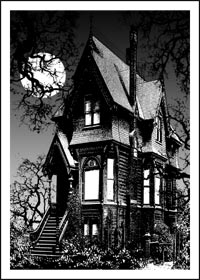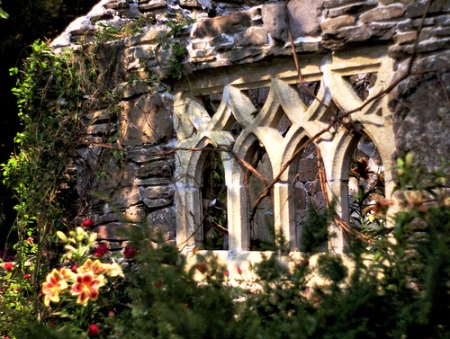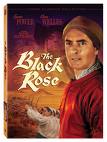 Gothic Styles
Gothic Styles
The heyday of Gothic styles in architecture was about 1180-1500 or possibly 1550ish in some regions.
Gothic styles – and the movement was above all architectural – became increasingly ornate and elaborate after about 1380-1400. The style was most fully developed in Northern and Central Europe – France, Britain, Central Europe (as far east as Transylvania) – and also parts of Italy, Spain and Portugal. Key features included: flying buttresses to support the walls and roofs. This allowed for large stained glass windows. Another key feature was the pointed arch (as opposed to the round arch inherited from ancient Rome); also large areas devoted to the choir, screens shutting off the choir and sancturary from the nave; spire (on top of towers).
Gothic architecture (except perhaps at the end, when it became playful) tended to make churches dark and mysterious places of awe, sometimes even with a whiff of the uncanny.
In painting, ‘Gothic’ art sometimes tended to be two-dimensional.
Note that the term ‘Gothic’ was first used after about 1530 and meant something like ‘barbaric’.
From about 1770 onwwards there was a ‘Gothic revival’, with Gothic and pseudo-Gothic styles again popular. Two outstanding examples in Britain are the Houses of Parliament and St Pancras Station. Continue reading









